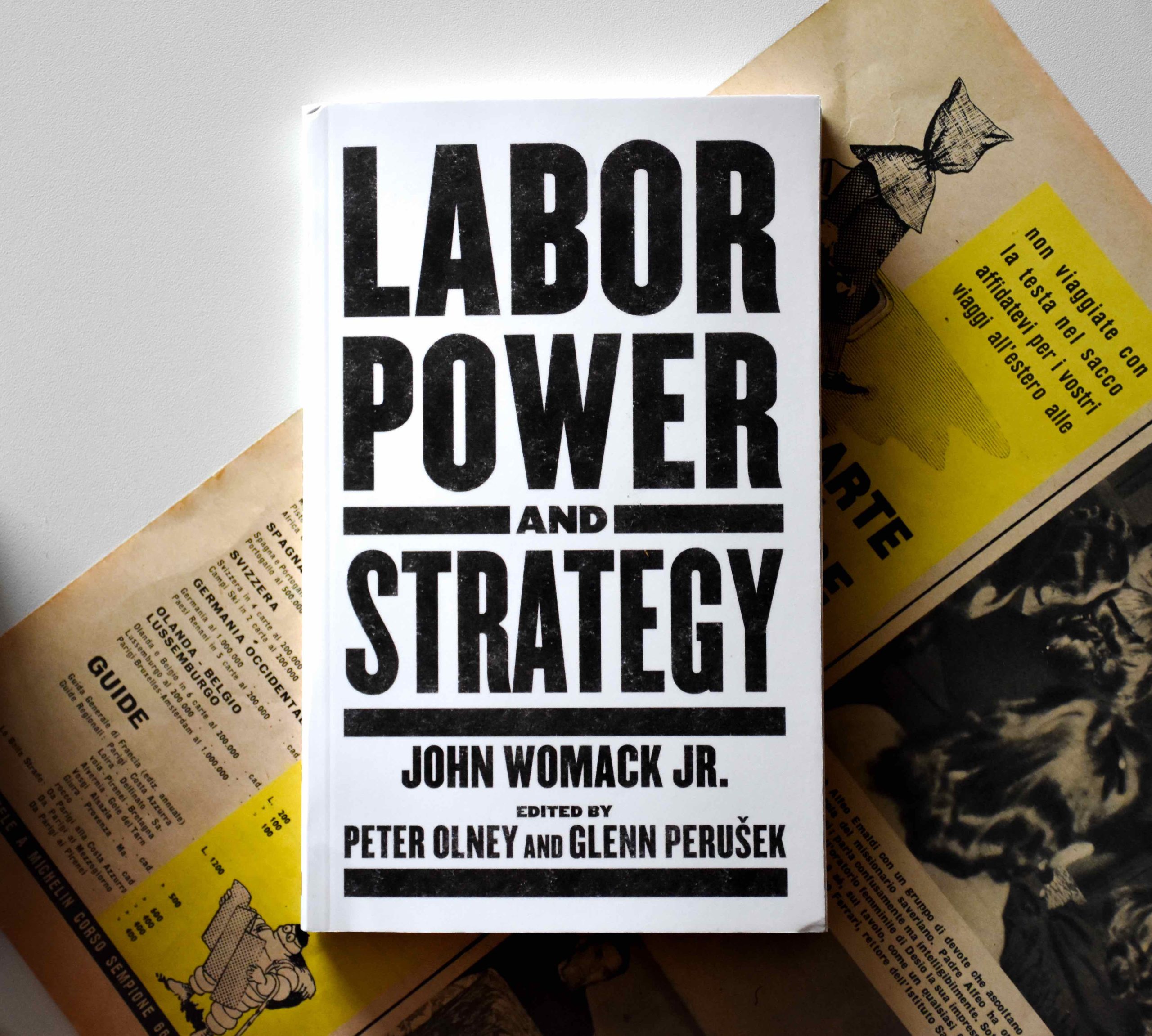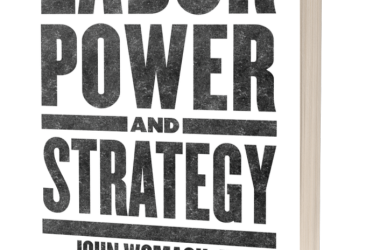Campaign Against Foreign Control of Aotearoa
Watchdog
This is not a perfect book for its purpose. It’s a bit crusty, aimed at union activists in the US. There, corporate abuse of labour laws is so widespread, long-term activists are perhaps more steeped in hard-core labour history, with a greater tolerance for jargon like “associative vs strategic organising”. But then again, what political or economic book is perfect? If we had all those answers, our world wouldn’t be in such a mess.
Why I liked this book was it raised the critical question: How can we make unions stronger? The authors
discuss the value of strategically targeting industrial action in support of the broader struggle to revive union power. An introductory discussion between the editors and John Womack is followed by responses from ten contributors with experience in labour organising and research, finishing with reflections on those comments from Womack.
“No matter what workers are mad about, unhappy about, feel abused about, it doesn’t matter until they can actually get real leverage over production, the leverage to make their struggle effective; without that material power your struggle won’t get you very far for long”.
Beyond that specific suggestion and the very US-centric discussion in the book, the debating format also gets you thinking about what other strategic approaches might strengthen union power, so I’ll return to that question after reviewing the book.
How To Revive A Shrinking Labour Movement
This is an urgent question in the US, with only about 10% of the workforce formally organised and the
proportion getting smaller every year. In the private sector, it’s reached crisis level at 6% (NZ coverage is 14% according to the Ministry of Business Innovation and Employment – MBIE). Yet 71% of the US population approves of unions and half of all non-union workers want to be in a union. In the US employers can openly engage in union busting, for example firing organisers during membership drives, and inadequate labour laws let them get away with it. Many are prosecuted every year but the fines are less than company wage savings, so on it goes.
Womack is interested in “industrially strategic positions” that hold the most power in the production process. Historically, cases like the successful 1936/37 United Auto Workers’ strike at the critical General Motors parts-stamping plants in Flint, Michigan, had led to breakthroughs in organising the auto sector.
He points to those workers in today’s just-in-time production or distribution process who can target “choke points”. Workers in a production or distribution process are usually involved in several technologies that mesh together and which may create critical links that can be targeted to force concessions from employers.
This is not just a top-down research process for the unions. Involvement of workers brings in important
knowledge learnt on the job, as well as gaining buy-in for action. He also emphasises that if broad swaths of society are not organised around, and in support of, the workers at the heart of key choke points, even technically strategic workers will likely fail.
After the editors’ interview with Womack, the ten invited responses raise a range of related issues, including:
- In recent years, other sectors like health, education and fast-food have also become complex and critical
industries vulnerable to strategic industrial action - The need to build broader solidarity to support industrial action
- How labour should run community campaigns to pressure employers
- How to link up strategic workers and others
- Building alliances with women and workers of colour in jobs that may be considered non-strategic
- The critical role of women in public sector work as a key area for organisation
- The need for union education which combines critical thinking with a vision of the membership as knowledgeable about their industry
- Problems in the heavily unionised but poorly organised US rail sector.
And since the book’s publication, other reviewers have raised important questions like: - The relation between actions in the private sector (where capitalists’ profits are more centrally challenged) versus actions in the public sector (where wages may be higher and/or security greater)
- How to create a crisis that forces the political elite to make real, tangible concessions to the working class.
Strategic Questions For NZ
In our New Zealand context, other strategic questions might be relevant. Here are a few which occurred to me, and I’m sure you have your own:
- Could the Council of Trade Unions again lead coordinated wage rounds, including strategically targeted
strikes? - What workplace reforms would most encourage an increase in the numbers and effectiveness of workplace delegates/organisers?
- What balance between paid union organisers and workplace delegates keeps union fees affordable so
voluntary union membership increases? - Could we rebuild support for a return to compulsory union membership?
- Could the union movement build alliances with political parties to move beyond Government income
redistribution to shift the way capitalism works?
(see my above review of Dean Baker’s “Rigged”)
“Labour, Power, and Strategy” is available as a PDF e-Book for $US9.
To close, here is an online discussion of the book with Q&A from an audience of mainly
young US unionists:






